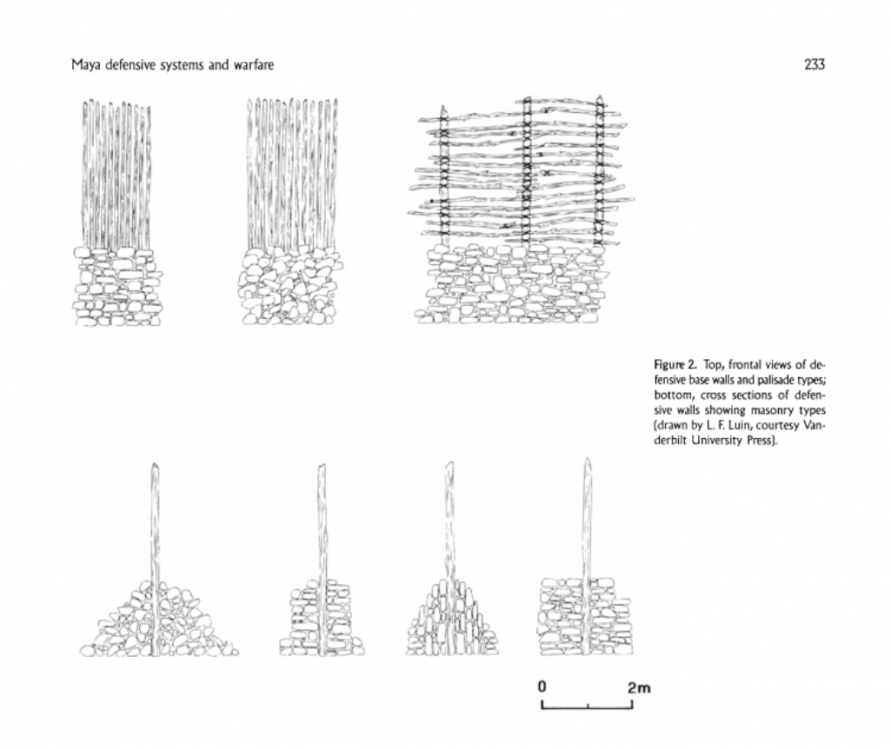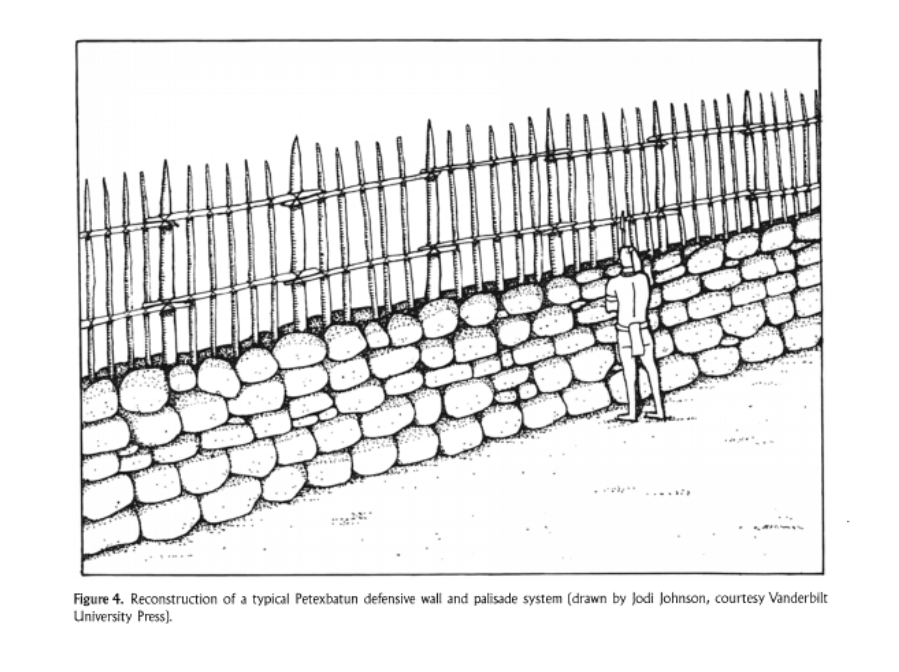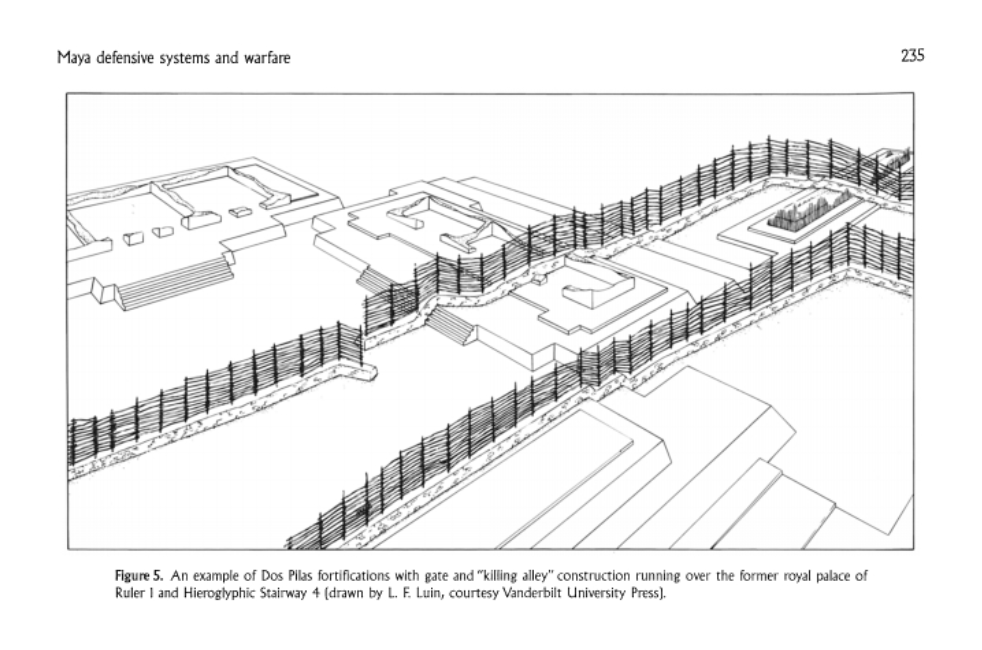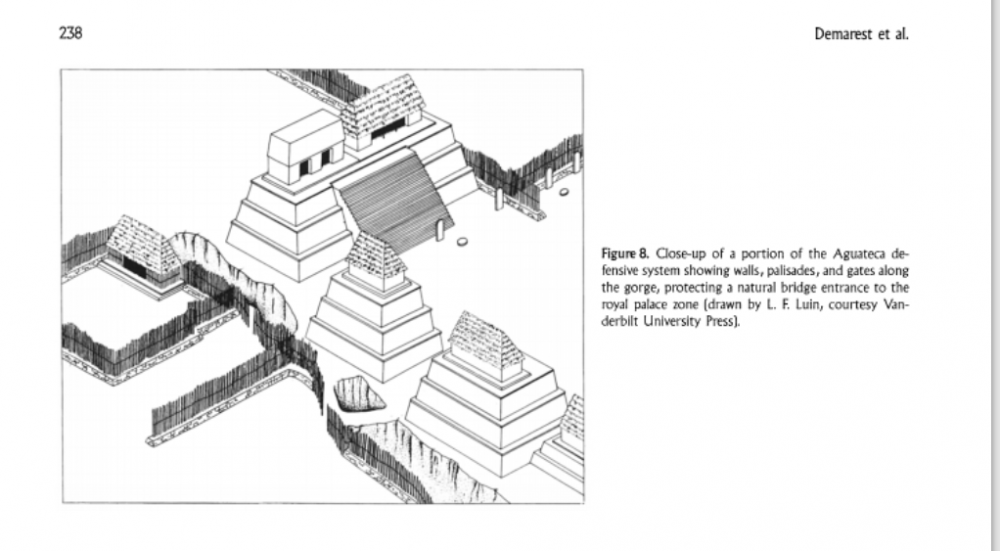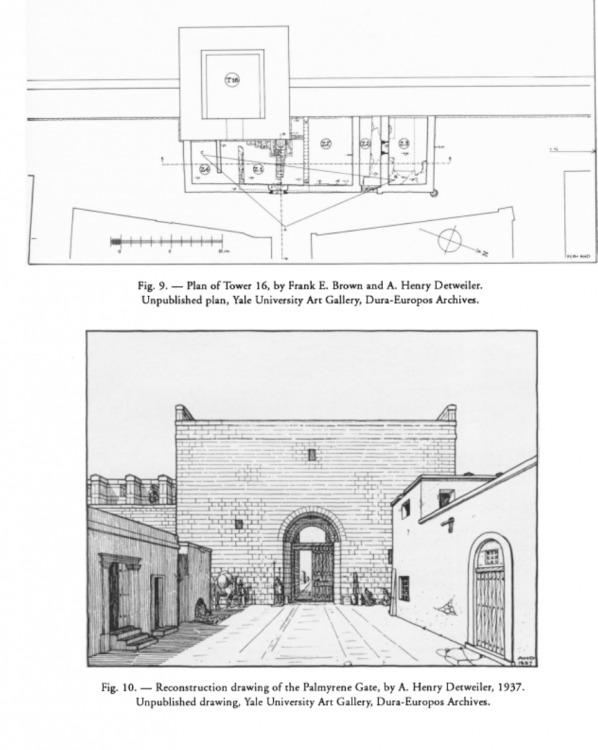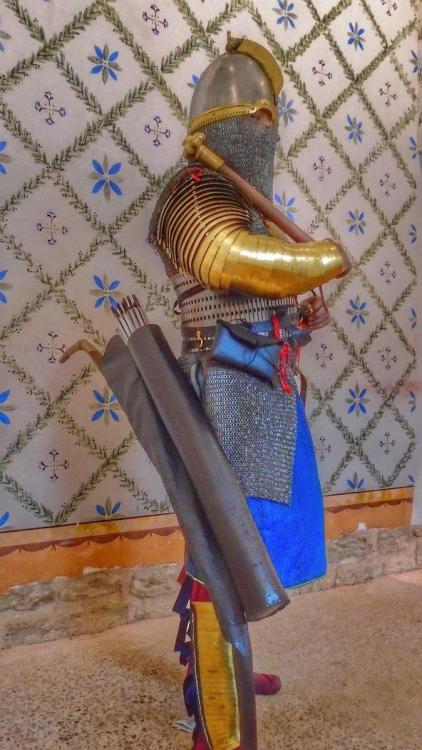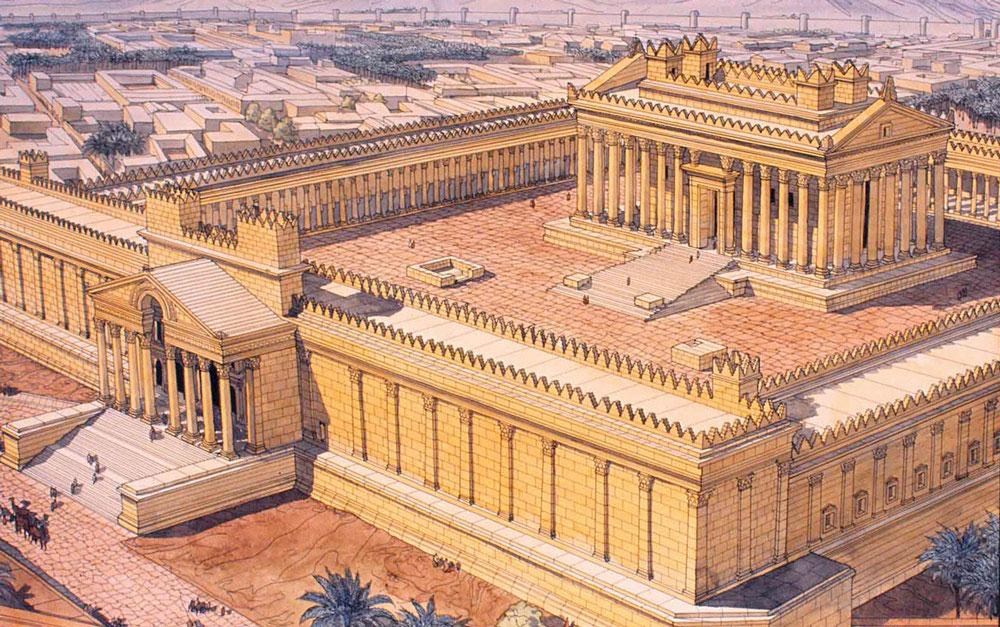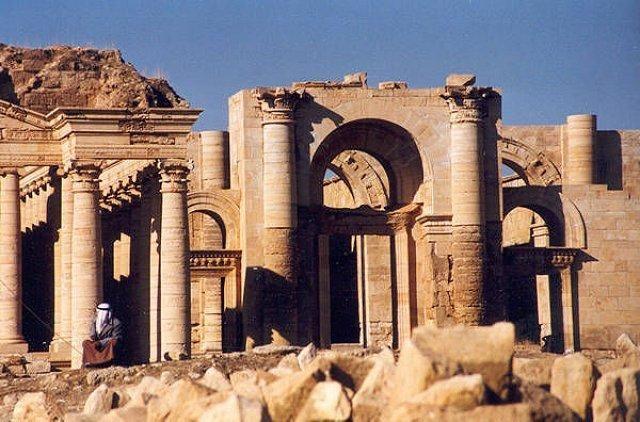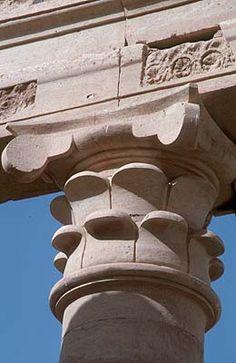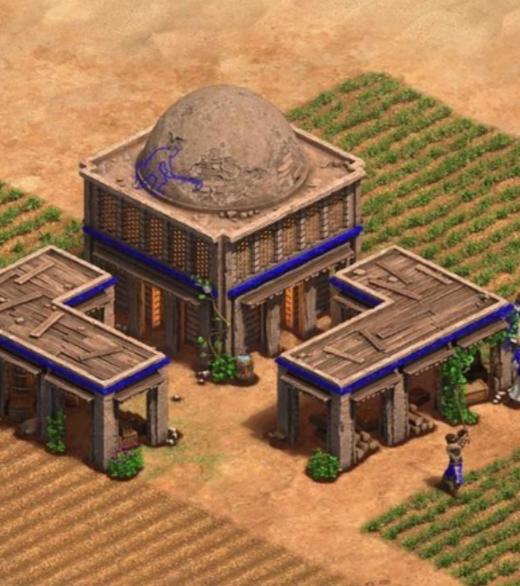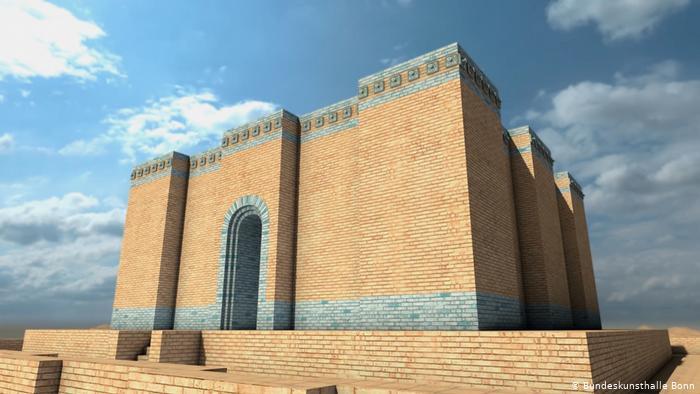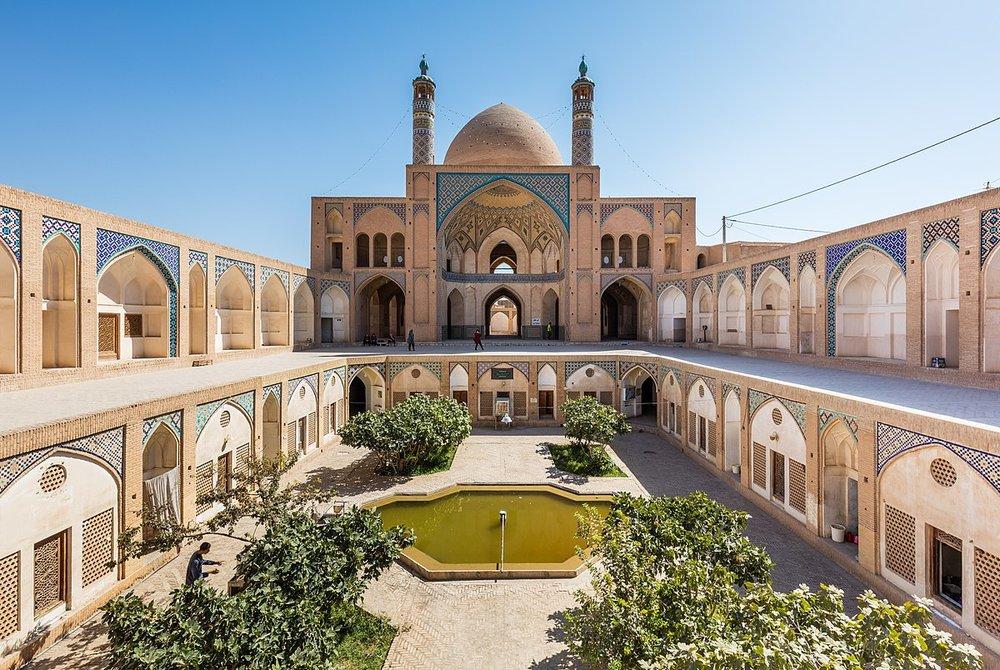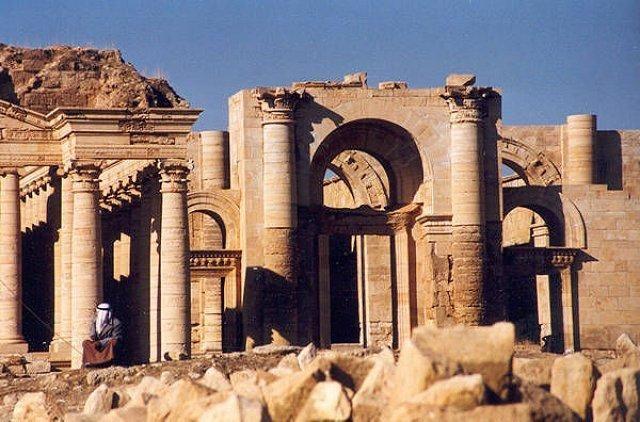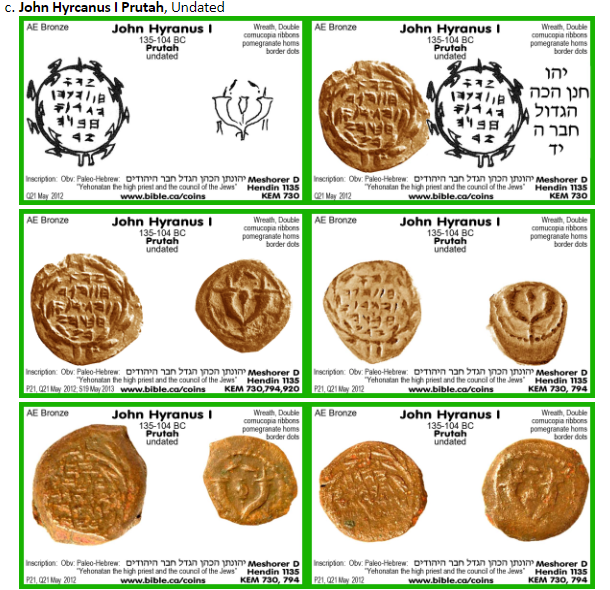-
Posts
25.684 -
Joined
-
Days Won
300
Everything posted by Lion.Kanzen
-
.thumb.png.ce58cea22940c255f5b0a735d5abee36.png)
algo en que estoy trabajando y reformando
Lion.Kanzen replied to marius4's topic in General Discussion
No se ve muy low poly. -
.thumb.png.ce58cea22940c255f5b0a735d5abee36.png)
Civ: Germans (Cimbri, Suebians, Goths)
Lion.Kanzen replied to wowgetoffyourcellphone's topic in Delenda Est
I don't like it. is more banner like the apron than that. -
.thumb.png.ce58cea22940c255f5b0a735d5abee36.png)
Civ: Germans (Cimbri, Suebians, Goths)
Lion.Kanzen replied to wowgetoffyourcellphone's topic in Delenda Est
I t can be better wait to Alexander make a banner that look odd. -
@Ultimate AurelianA We aren't adding more to main game (several reasons). The rest will come as mod, I suggest Terra Magna mod. I'm not sure if wowgetoffyourcellphone wants that faction for DE.
-
.thumb.png.ce58cea22940c255f5b0a735d5abee36.png)
Mayan Classic Architecture Reference
Lion.Kanzen replied to Lion.Kanzen's topic in Game Modification
Pre Classic ? I need search -
Si veamos.
-
@Stan`
-
.thumb.png.ce58cea22940c255f5b0a735d5abee36.png)
Mayan Classic Architecture Reference
Lion.Kanzen replied to Lion.Kanzen's topic in Game Modification
https://www.jstor.org/stable/26307245?read-now=1&refreqid=excelsior%3A3513a6b224a76d82766e0fd1ff32a2b1&seq=6#page_scan_tab_contents -
It is doubtful that the characteristics of "Parthian Art" have anything to do with Parthia itself;[3] the most characteristic feature of the "Parthian" art is frontality which is not a special feature of Iranian or Parthian art and first appeared in the art of Palmyra.[4] There are doubts whether this art can be called a "Parthian" art or that it should be associated with any particular regional area; there is no evidence that this art was created outside the middle-Euphrates region then brought to Palmyra for example.[5] This art is better thought of as a local development common to the middle Euphrates region. Parthian sites are often overlooked in excavations, thus the state of research knowledge in Parthian art is not complete. The excavations at Dura-Europos in the 20th century provided many new discoveries. The classical archaeologist and director of the excavations, Michael Rostovtzeff, realized that the art of the first centuries AD from Palmyra, Dura Europos, and also in Iran as far as the Greco-Buddhist art of north India followed the same principles. He called this art style Parthian art What is now described as Parthian art since the end of the 19th century, was not known as such a century ago. Palmyra since that time has had numerous sculptures sent to Europe. They depict men and women in robes, richly decorated with numerous jewels, and often represent the ruins of a city often associated with romantic literary sources in conjunction with Queen Zenobia. However, no separate term was found here for the art created, but they were considered a local variant of Roman art.[6] The excavations at Dura Europos since inception and especially since the early decades of the 20th century have provided many new discoveries. The classical archaeologist and director of the excavations, Michael Rostovtzeff, realized that the art of the first centuries AD in Palmyra, Dura Europos, and also in Iran and its other territories followed the same principles. He labeled this art work as Parthian art.[2] The widespread use of this art, even beyond the limits of Parthian empire, however, raised the question of whether this art was truly suitable to label Parthian, which is according to Schlumberger usually affirmed in research, as it was probably influenced by the art of the Parthian capital of Ctesiphon.[7] Nevertheless, the designation of artistic creation of the Parthian Empire and the affected areas in which the research is inconsistent and scrutinized. Authors often avoid the term Parthian art, preferring instead to name the art work on the cultural and political space. Daniel Schlumberger affirmed the notion of Parthian art in one of his most important works about the Hellenized Orient (in the original: L'Orient Hellénisé, appeared in Germany in the World of Art series). However, the book covers not only Parthian art, but also Greek art in the Orient in general. Hans Erik Mathiesen titled his work the Parthian sculpture: Sculpture in the Parthian Empire in which he studies art from cities such as Palmyra. Likewise, Trudy S. Kawami called her work to Statues in Iran: Monumental Art of the Parthian period of Iran, while Malcolm Colledge wrote his book Parthian art clearly as Parthian art to strictly define a designation of Parthian art.
-
you need a new Emblem?
-
-
Bam. Late Architecture Early Sassanid.
-
.thumb.png.ce58cea22940c255f5b0a735d5abee36.png)
Parthians (or Arsacids) and Sasanians
Lion.Kanzen replied to Mega Mania's topic in General Discussion
-
-
Yes
-
The Parthi style of architecture appeared after Alexander the Great's conquest of the Achaemenid Empire in the 3rd century BCE, and historically includes the Sassanid, Parthian, and post Islamic eras, up to the 9th–10th centuries.[2] The remains of the architectural style of this period are not abundant, and although much was borrowed and incorporated from Greek designs and methods, architects and builders of this age employed many innovative concepts of their own as well Parthian sites have often been overlooked in excavations, therefore the knowledge status of research on the art of Parthians was quite incomplete. Excavations at Dura Europos in the 20th century provided many new discoveries. The classical archaeologist and director of the mentioned excavations, Mikhail Rostóvtsev, realized that the art from the first centuries of Palmyra, from Dura Europos, as well as from Iran to Greco-Buddhist art in North India followed the same principles. Rostóvtsev was the one who gave name to these works that followed these principles, "art of Parthian
-
I think Parthian texture is like more Seleucid kind or Palmyrene style. Ruins in Hatra or Palmyra are good example of that. Even Herodian architecture have same mix between East and Hellenism.
-
.thumb.png.ce58cea22940c255f5b0a735d5abee36.png)
===[TASK]=== Crowd Sourced - Judeans (Hasmonean) [Faction]
Lion.Kanzen replied to wackyserious's topic in Game Modification
you are right. -
.thumb.png.ce58cea22940c255f5b0a735d5abee36.png)
===[TASK]=== Crowd Sourced - Judeans (Hasmonean) [Faction]
Lion.Kanzen replied to wackyserious's topic in Game Modification
Judeans recluts Auxiliars. Mount camels yey.



